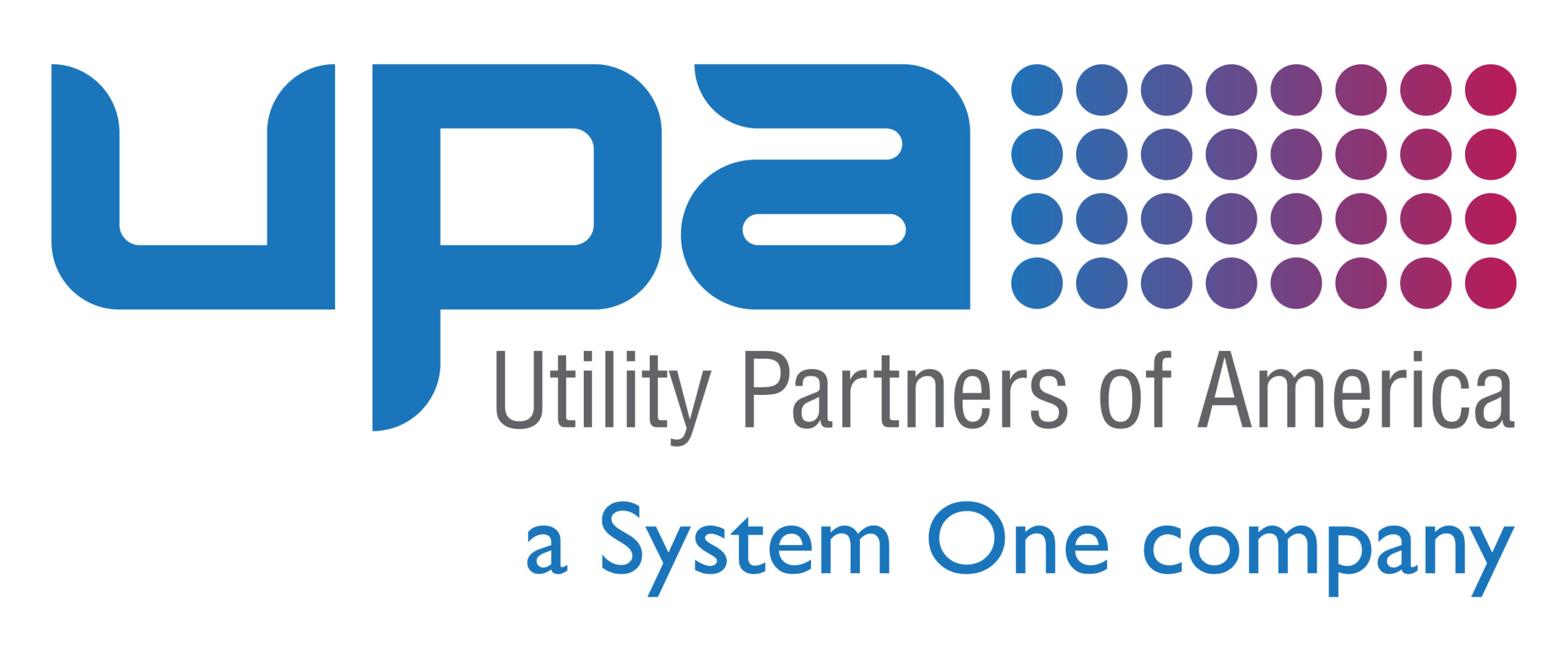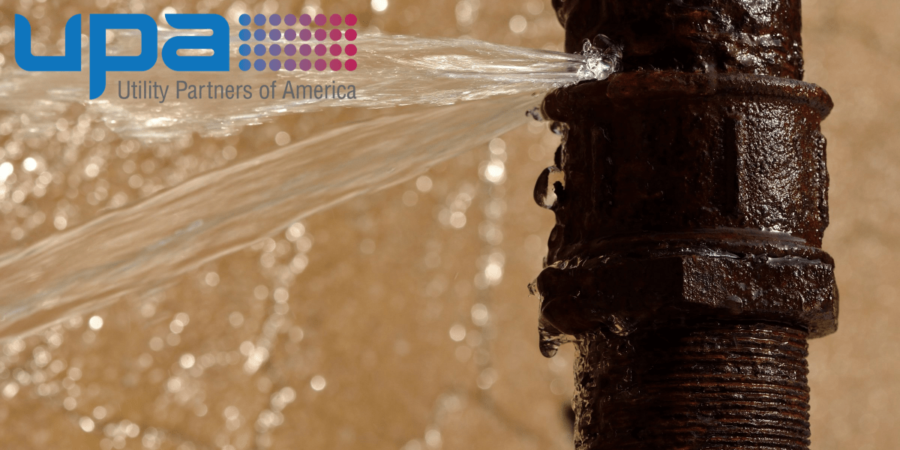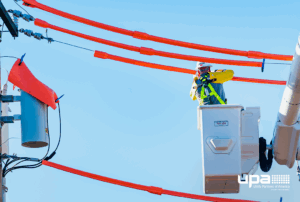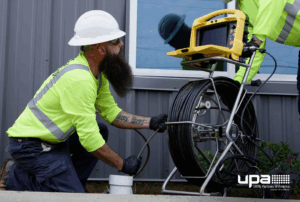Water is one of, if not the most, essential resources in the world. Modern societies rely on water for a variety of needs. From sanitation to irrigation, satisfying thirst, and sustenance to generating power. Despite that importance, the aging infrastructure in our country has provided water utilities with a problem: Undetected leaks.
Challenges associated with sun-setting infrastructure and busted pipes aren’t unique to just water providers. In fact, undetected leaks pose a significant challenge for gas utilities. So, what happens if these leaks go unnoticed? Continuing our blog’s recent exploration into all things leak detection, we dive deeper into the long-term effects of undetected leaks.
What happens with undetected water leaks
In our previous Leak Detection Part One blog post, we introduced readers to the concept of non-revenue water. Known as NRW, this classification is given to water that has been treated or produced by a utility, but it fails to reach the customer. It is, in essence, lost—either by theft, a malfunction with the meter, or a leak in the system’s pipes.
Remember that aging infrastructure we mentioned? In 2019, one report found that the United States lost about $21 million of treated water due to leaks. That same report, conducted by the American Society of Civil Engineers, projected water losses to reach $48 million by 2039 without drastic changes. With utilities already tightening their budgets, many simply won’t be able to forfeit that potential revenue.
It’s important to remember that undetected water leaks hurt more than the bottom line. They can cause catastrophic damage to the environment and our surroundings. Prolonged leaks that go undetected can ultimately destroy sidewalks, roadways, and the personal property of customers who own homes and businesses near that leak. When consuming water that hasn’t been boiled after a severe main break could result in someone becoming ill.
Related: Minimizing Damage When You Spring a Leak
What happens with undetected gas leaks
In Part Two of our All About Leak Detection series, we covered signs of a gas leak—including the smell of sulfur or rotten eggs, dead grass in a concentrated area near the leak, and a bubbling or hissing sound at the surface.
Used by more than 76 million residential, commercial and industrial customers, natural gas is a safe and efficient energy method. Much like the case with water, a leaky pipe can have dire consequences. For one, natural gas leaks can cause fires when combined with flammable substances. Barring that type of fiery explosion, most gas leaks won’t harm humans—but the impact on the environment is undeniable.
The predominant component of natural gas is methane. A powerful greenhouse gas that has been a significant contributor to climate change. The Environmental Defense Fund has said that methane is 84 times more potent than carbon dioxide in the first two decades after a leak causes a release. While it doesn’t stick around in the atmosphere as long as carbon dioxide, methane absorbs heat more effectively than other greenhouse gases, which is more harmful to the environment.
Proper Detection is Critical to Finding Water and Gas Leaks
Whether it’s the financial or environmental impact of a leak that you’re considering, it’s clear that a prolonged leak is something all utilities should try to avoid. While leaks are inevitable, you don’t have to let them linger. Both water and gas utilities have called on Utility Partners of America (UPA) for help with reliable leak detection and other vital service needs. If you’d like to learn more about our leak detection services, contact us today.




